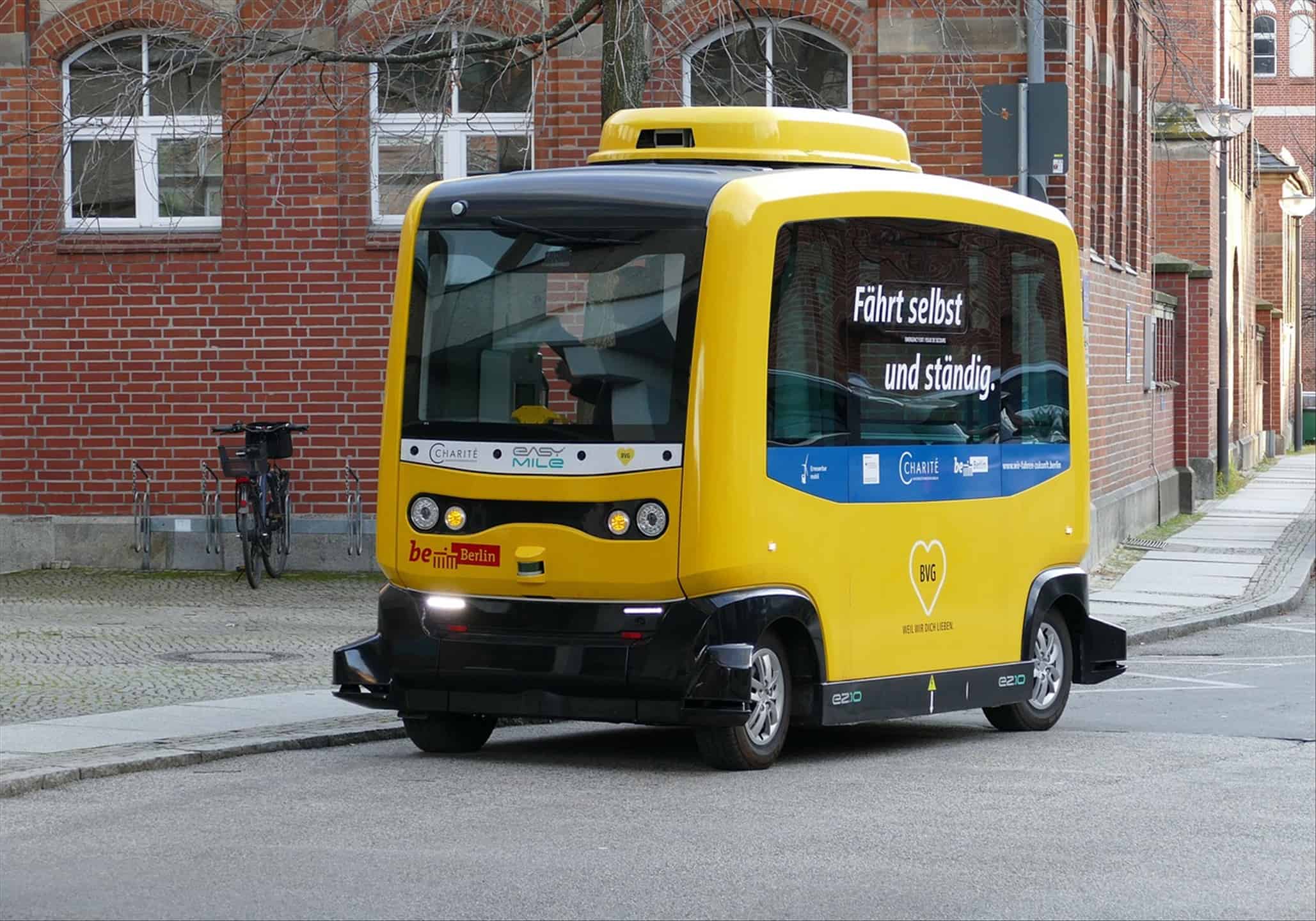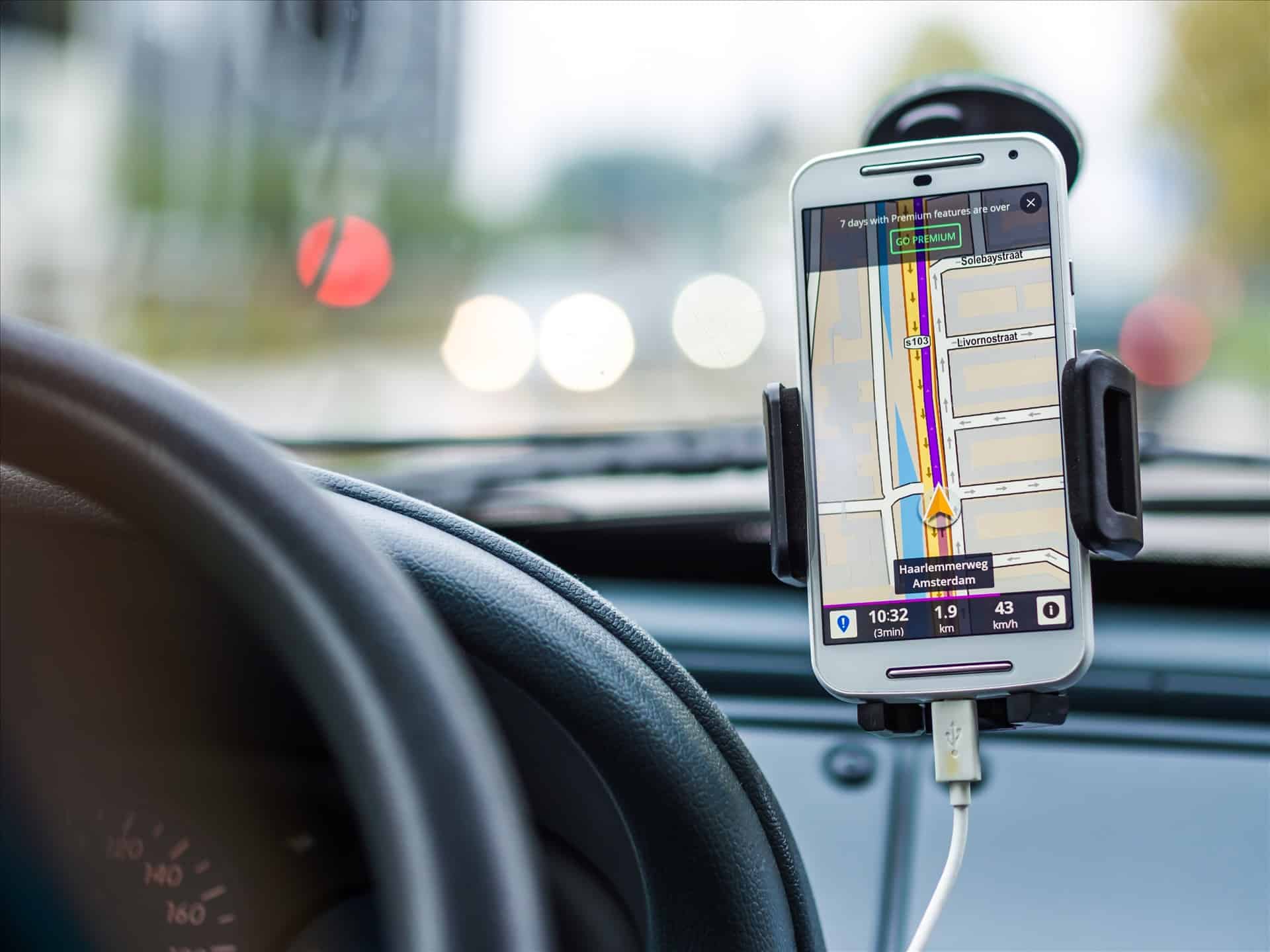
Note: This is a guest post written by Dan Martin
Recent technological trends in the automotive industry like artificial intelligence, machine learning, and robotics find their application in the automobile sector. Other trends include computer vision, robotics, and deep learning.
These technological advancements enable automobile companies to produce self-driving cars and offer multiple solutions. Some of these solutions include shared vehicles which help reduce the number of automobiles on the roads.
There are also other solutions like electric vehicles. They help manage fleets, improve safety, and provide services like insurance.
And these technological trends will just continue. For example, statistics show that 52% of new vehicles that will be sold in 2030 will be electric.
But what are the recent technological advancements and how can they really help us?
Technological Trends in the Automotive Industry
1. Artificial Intelligence
Artificial intelligence (AI) application in automobiles enables drivers to improve safety. Some modern cars like the 2022 Toyota Tundra can apply such technology and automatically light up in the dark.
The headlights sense oncoming cars and dim. This is because artificial intelligence makes the automatic activity of beam control possible. It helps to improve a driver’s vision on the road, which increases road safety.
2. 3D Printing in Car Manufacturing
3D printing enables manufacturing companies to perform rapid prototyping. This accelerates the production of vehicles in the design phase and testing.
Car manufacturers print designs they need with 3D printing technology. It is a technology that helps save time in the manufacturing of automobiles.
3. Biometric Seat Capabilities
Biometric seat capabilities improve a driver’s personal experience in a vehicle. For example, a 2022 Toyota Tundra interior can meet a driver’s unique needs with a biometric seat.
This technology collects data from a driver’s face and palms. The information measures anxiety levels and advises the driver when to take a break. This helps avoid fatigue and enhances a driver’s performance on the road.
4. Big Data Analytics
Analytics helps to make data-driven decisions in a vehicle’s lifecycle. Data collection and analysis helps in predictive maintenance, provides fleet information to managers, and alert authorities if an accident occurs.
Data in the automobile sector can optimize supply, predict motor vehicle sales, and improve the design of new vehicles. Automobile companies also use big data and analytics to streamline their operations and increase their profits.
5. Autonomous Vehicles

Self-driving cars aim to transform transportation in various ways. For example, it reduces the number of human drivers and at the same time, makes transportation safer. Fewer human drivers on the road mean the chances of driver negligence or fatigue are lower.
Autonomous vehicles also use advanced technologies like computer vision and pedestrian behavior-prediction. Such technologies help in avoiding obstacles on the road. It also predicts the movement of a pedestrian, like a leg movement or eye contact.
6. Shared Mobility
Shared mobility reduces the number of cars on the roads and reduces pollution. Car-as-a-service (CaaS) ensures fewer petrol and diesel cars on the road to keep the air clean.
A vehicle like Toyota Tundra double cabin provides an elevated experience to the driver and passengers using it for CaaS. This makes shared mobility a comfortable transport solution. Software applications can also help manage shared mobility like shuttle services, rental cars, or scooters.
7. Connectivity
Connectivity is possible when vehicles have a digital identity that is unique. This makes it easy to track a car on the internet.
It also helps in fleet and traffic management. Connectivity means vehicles can exchange data with each other. This data can be streamed live to identify high-traffic roads and advise drivers on the best routes to use.
8. Human-Machine Interface (HMI)

Human machine-interface technology improves how drivers interact with their cars. HMI is a voice-based technology that drivers use to get feedback from a vehicle.
This helps to control some features of your car. For example, virtual assistants enable drivers to interact with the car and service providers.
They also help drivers increase efficiency in keeping lanes and preventing collisions. This is possible with the use of technology like augmented reality and smart cameras. Such cameras help in making turns and driving safely in curves and junctions that are not visible with car mirrors.
9. Internet of Things
Vehicles need to communicate in a secure way online. And the advancement in technology allows data collection and communication between vehicles. The data enables a vehicle to know what is happening in its surrounding area.
IoT also uses algorithms and makes it possible to monitor a vehicle and perform predictive maintenance. The alerts about driving and predictive maintenance will be sent to the driver. This helps reduce downtime and improve the driving experience.
10. Automatic Lift Gate
Automatic lift gate technology is helpful when you want to get into your car, and your hands are full. The car can sense your keys and open them automatically.
Many cars, including different Toyota Tundra colors, can gain from such technologies that improve a driver’s experience.
11. Electric Vehicles
Companies that make electric vehicles aim to produce cars that are easy to maintain. This means producing trucks with fewer parts.
Companies continue to work towards finding these solutions. For example, some companies might consider using parking spaces as charging stations.
Technology makes it possible for the charging station to know how much power each vehicle needs. Software technology also controls how each car is charged in terms of speed.
Key Takeaway
Technology trends are reinventing how companies manufacture vehicles. It has also transformed how people use and interact with their automobiles.
AI, machine learning, human-machine interface, and IoT are some of the technological trends in the automobile sector. They strengthen the development and use of vehicles, including electric and driverless cars.
Big data and analytics also help maintain and improve the safety of passengers and vehicles on the roads. Data makes it safe for vehicles to communicate over the internet. These are some technologies that will continue to transform the automobile sector.
Identifying these trends is helpful. You will know what to expect and how to prepare for the future.






